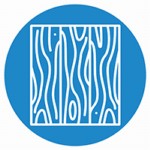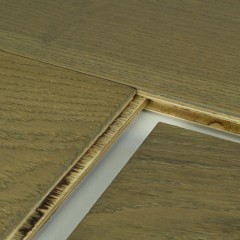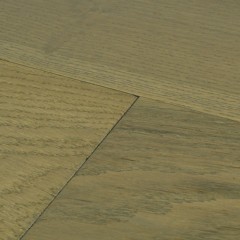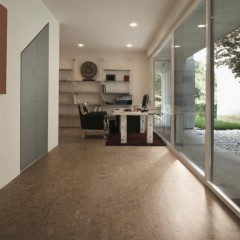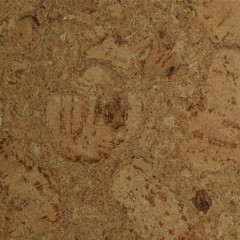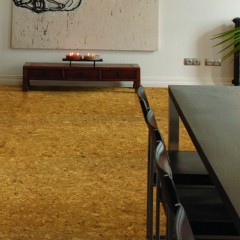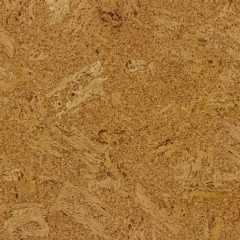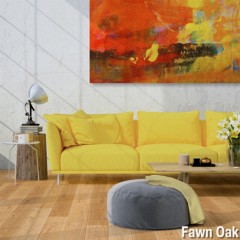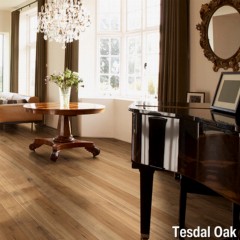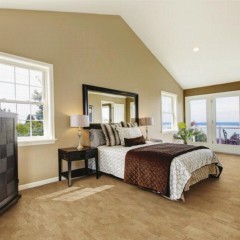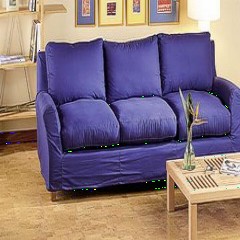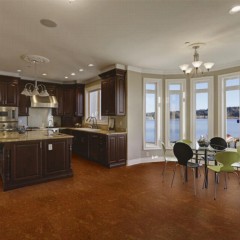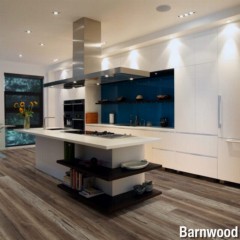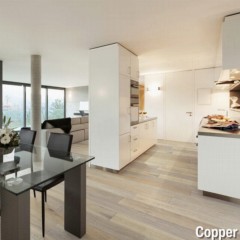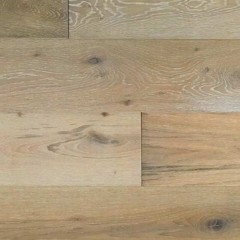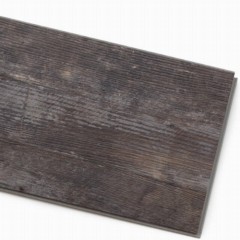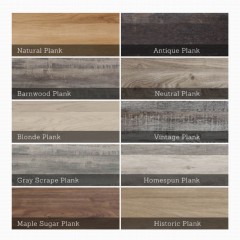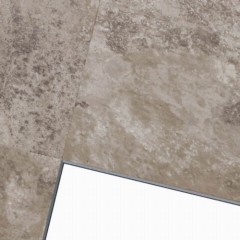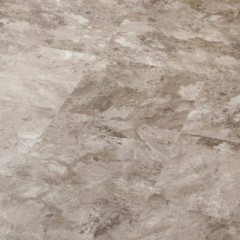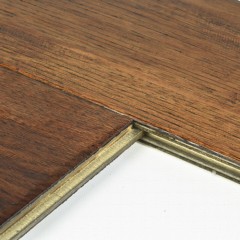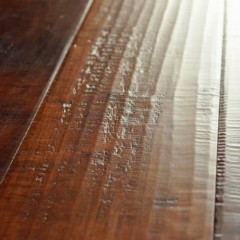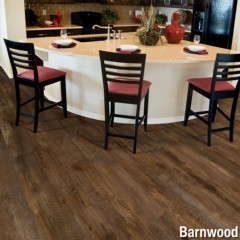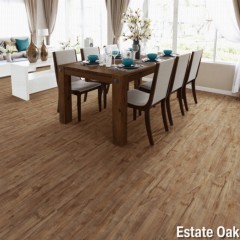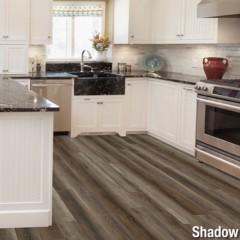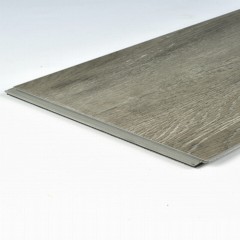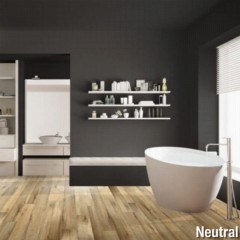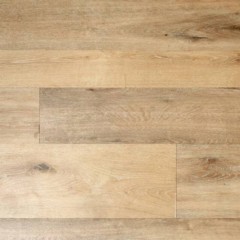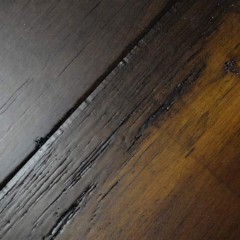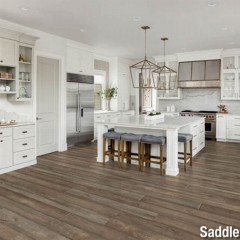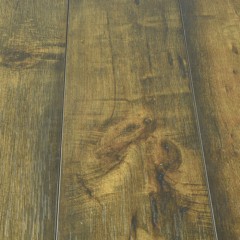Options for Traditional Flooring
If your idea of traditional flooring for a home is hardwood, but you want a cheaper option that’s easier to install, rely on products from Greatmats. We have several cost-effective options for conventional flooring for residential use that give you a DIY option for installation, generating additional savings. Our timeless and classic patterns resemble hardwood flooring, yet they give you premium style.
If you want help with traditional flooring ideas, trust our customer service team. We’ll show you that obtaining the look of traditional wood flooring doesn’t have to involve installing actual hardwood.
Types and Styles of Traditional Floors
We offer new flooring for traditional homes in plank or tile formats.
Planks
Traditional flooring is commonly available in plank formats, which have a rectangular shape similar to hardwood planks. Our products frequently connect with a tongue-and-groove edge system, rather than needing adhesive.
Tiles
Tile floors typically have a square shape. They frequently use a peel-and-stick adhesive backing to simplify installation.
Traditional Flooring Materials
You can select from several different materials for our traditional flooring.
Engineered Hardwood
Engineered hardwood has a plank shape with a thick plywood base layer and a thin veneer layer of natural hardwood attached to the top to resemble traditional hardwood flooring. Some of our available products include:
Laminate and Vinyl
Our laminate and vinyl planks and tiles are available as LVP (luxury vinyl plank) and LVT (luxury vinyl tile) formats. They have a recyclable laminate base layer and a printed top layer that resembles stone or hardwood. Some of our traditional laminate flooring that you can use as interior floors in your house include:
SPC
SPC flooring has a rigid core that may consist of limestone and a laminate printed top layer that resembles hardwood. Some planks have a foam base layer. The options include:
Cork Laminate
Cork laminate flooring offers scratch and water resistance. It’s also shock-absorbing when someone is standing and working while using it. Options we offer for this product include:
Features and Benefits of Traditional Floors
Some of the key features and benefits of the traditional flooring we offer for sale include:
- Easy to install
- Realistic-looking designs
- Resembles hardwood or stone
- Multiple faux wood stain colors
- Embossed texture on some layers
- Varying color shades add to the realism
- Random wood grain patterns
- Plank shapes add to realistic look
- Easy to clean
- Products are pet-friendly
- Some planks have a foam base layer
- Long warranty period
Use Types for Flooring for Traditional Homes
Some of the most common locations to use traditional floors for both homeowners and business owners include:
- Living room
- Family room
- Kitchen
- Bathroom
- Bedroom
- Restaurant
- Hotel
- Tavern
- Church
- Office
- Government building
- Apartment
- Condo
- Cabin
Traditional Floor Q&A
What is the best traditional dining room flooring?
The
best traditional dining room flooring will create a warm and welcoming space for family members to gather and share a meal. Many different kinds of flooring materials work nicely for traditional dining room floors, including cork laminate, LVT planks, engineered hardwood, vinyl, and PVC plastic.
What is the difference between SPC, engineered, and solid wood flooring?
The
differences among SPC, engineered hardwood, and solid wood floors involve the materials in use. SPC is a type of luxury vinyl plank (LVP) that has a rigid inner core consisting of limestone, PVC, and other stabilizing layers. Engineered hardwood uses a hardwood veneer over the top of MDF or plywood cores. Solid wood floors consist of nothing but a single piece of hardwood.
What is the difference between SPC, LVP, and EVP flooring?
The primary
differences among SPC, LVP, and EVP flooring involve the core layers used in each type of traditional flooring. LVP and SPC both use a core consisting of PVC and limestone. EVP uses a rigid stone-based core. The cores aim to improve the stability of the flooring. All three of them use a top layer that consists of vinyl.
What is LVT (luxury vinyl tile) flooring?
LVT flooring is a tile that consists primarily of PVC vinyl, but it uses multiple layers inside the core to improve stability and durability. LVT can have a printed design in the top layer that resembles hardwood or ceramic tiles, but it weighs less and is easier to install than the real thing.
What is cork flooring, and how thick is it?
Cork flooring consists of the bark of cork trees. The cork bark is renewable, as harvesting the bark does not harm the tree. Cork floors typically measure about 1/2 of an inch in thickness, although cork underlayment can be as thin as 3 mm (about 1/8 of an inch).
 $9564 /Carton You Save 20%$5.12/sqftShips Out in 4-6 Working DaysShop$12271 /Carton You Save 20%$5.08/sqftShips Out in 4-6 Working DaysShop$9138 /Carton You Save 20%$4.89/sqftShips Out in 4-6 Working DaysShop$30449 /Carton You Save 24%$7.34/sqftShips Out in 4-6 Working DaysShop$15664 /Carton You Save 24%$6.02/sqftShips Out in 4-6 Working DaysShop$9484 /Carton You Save 4%$4.06/sqftShop$8614 /Carton You Save 24%$3.92/sqftShips Out in 4-6 Working DaysShop$14136 /Carton You Save 24%$3.92/sqftShips Out in 4-6 Working DaysShop$16346 /Carton You Save 25%$6.29/sqftShips Out in 4-6 Working DaysShop$6875 /Carton You Save 25%$3.92/sqftShips Out in 4-6 Working DaysShop
$9564 /Carton You Save 20%$5.12/sqftShips Out in 4-6 Working DaysShop$12271 /Carton You Save 20%$5.08/sqftShips Out in 4-6 Working DaysShop$9138 /Carton You Save 20%$4.89/sqftShips Out in 4-6 Working DaysShop$30449 /Carton You Save 24%$7.34/sqftShips Out in 4-6 Working DaysShop$15664 /Carton You Save 24%$6.02/sqftShips Out in 4-6 Working DaysShop$9484 /Carton You Save 4%$4.06/sqftShop$8614 /Carton You Save 24%$3.92/sqftShips Out in 4-6 Working DaysShop$14136 /Carton You Save 24%$3.92/sqftShips Out in 4-6 Working DaysShop$16346 /Carton You Save 25%$6.29/sqftShips Out in 4-6 Working DaysShop$6875 /Carton You Save 25%$3.92/sqftShips Out in 4-6 Working DaysShop

